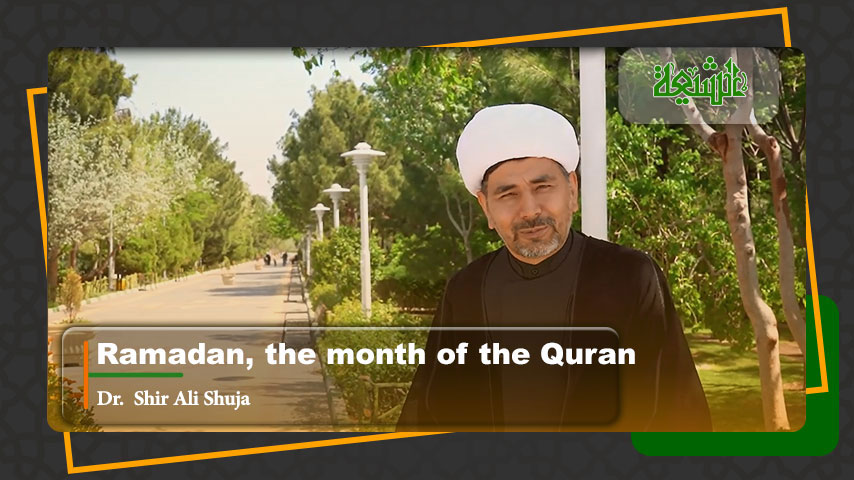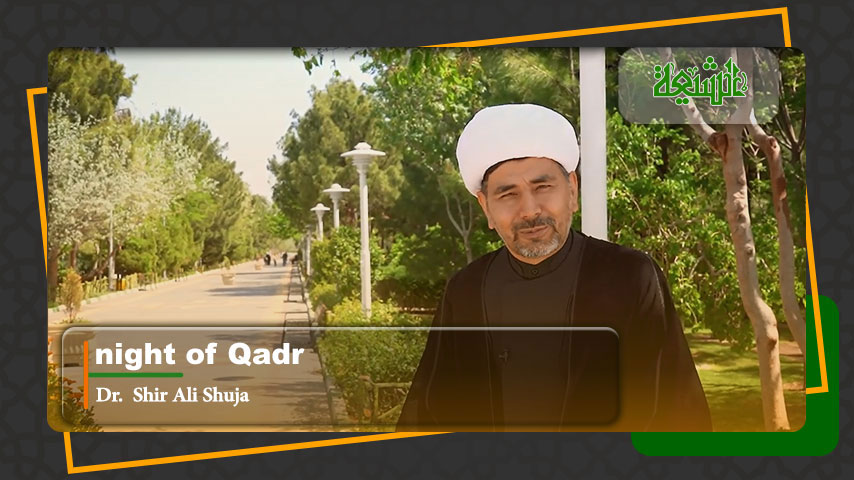Hazrat Fatima Zahra (PBUH), the daughter of Prophet Muhammad (PBUHH), and Lady Khadija the daughter of Khuwaylid occupies a revered and central place in Islamic history. She is often referred to as “Ummu Abiha” (i.e., The mother of her father) due to her close and caring relationship with Prophet Muhammad[1]. Her character and virtues have made her an enduring symbol of devotion, modesty, and strength in the face of adversity. Her life and legacy have been a subject of great interest and respect among Muslims, influencing countless aspects of Islamic culture, theology, and jurisprudence. One of the most significant and contentious episodes associated with her life is the issue of Fadak. The land of Fadak became a matter of dispute shortly after the demise of Prophet Muhammad (PBUHH). This dispute is not merely a historical incident but a pivotal moment that sheds light on early Islamic inheritance laws, the status of women in Islamic society, and the nascent Muslim community’s political dynamics. This article aims to delve into the intricacies of the Fadak dispute, exploring its historical context and the broader implications of this episode.
Fadak: Location and Importance
Fadak was a fertile oasis located approximately 160 kilometres north of Medina, in the region of Khaybar[2]. It was known for its rich agricultural land, which included date palms and various other crops, making it a valuable economic asset[3]. The oasis had its own water sources, which were critical for irrigation and sustaining the agricultural activities that made Fadak prosperous.
Fadak came under Muslim control during the Prophet Muhammad’s (PBUHH) campaign against the Jewish tribes of Khaybar in 628 CE[4]. Unlike other spoils of war, Fadak was not acquired through direct combat. Instead, it was surrendered to the Prophet (PBUHH) by the Jewish inhabitants of the area in exchange for peace and protection. This peaceful acquisition meant that Fadak was considered the Prophet’s personal property, rather than communal war booty[5]. According to Islamic tradition, Prophet Muhammad (PBUHH) then gifted Fadak to his daughter, Fatima Zahra, during his lifetime. This gift was intended to provide her with a source of sustenance and financial independence.
The controversy over Fadak has profound implications, reflecting the tensions and dynamics of early Islamic society. It highlights the struggles faced by the Prophet’s family and the broader political and theological divisions that would later crystallize into the Sunni and Shia branches of Islam. The Fadak dispute thus serves as a critical lens through which to examine the early Islamic community’s legal, political, and social fabric.
The economic value of Fadak lay in its agricultural productivity. The land was known for its date palms, which were a major source of income and sustenance in the Arabian Peninsula. The revenues generated from Fadak could support significant charitable activities and provide for the needs of Fatima Zahra and her family.
Strategically, Fadak’s location and its economic output made it an important asset for the early Muslim community. Control over such a fertile and productive area enhanced the economic stability of the Muslim state. Moreover, its peaceful acquisition set a precedent for the treatment of non-Muslim communities under Muslim rule, demonstrating a diplomatic approach that could lead to mutually beneficial outcomes.
Historical Background
According to Shia sources and some Sunni scholars[6], the Prophet (PBUHH) gave Fadak to Lady Fatima (PBUH) after the revelation of the verse which instructed the Prophet (PBUHH) to give the close relatives their [due] right: “Give the relative his due, and the needy and the traveller [as well]. That is better for those who seek Allah’s pleasure, and it is they who are the felicitous[7].”
Consequently, Prophet Muhammad (PBUHH) played a crucial role in the context of Fadak, as he was the one who initially acquired the land and later gifted it to his daughter, Fatima Zahra. His actions regarding Fadak are foundational to the dispute, as the gift to Fatima is the basis for her claim to the property. The Prophet’s acquisition of Fadak and subsequent gift to Fatima set a precedent for the treatment of personal property versus communal assets in Islamic law.
However, Caliph Abu Bakr denied Fatima’s claim to the land[8] and justified his decision by referencing a Hadith stating that the Prophets do not leave inheritance and that their property should benefit the Muslim community[9]. The Hadith cited by Abu Bakr plays a critical role in the Fadak dispute.
This decision has been a point of contention, particularly among Shia Muslims, who view it as an early instance of injustice against the Prophet’s family. In addition, the interpretation and authenticity of this Hadith are pivotal in determining the legitimacy of Fatima’s claim. Shia scholars often contest the Hadith’s application in this context, arguing that it contradicts other Qur’anic injunctions about inheritance and the specific circumstances of the Fadak gift.
In addition, inheritance laws in early Islamic society were primarily derived from the Qur’an and the Hadith. These laws aimed to ensure fair distribution of wealth among family members, with specific shares allocated to different relatives, male and female.
The case of Fadak, as a piece of property given to Lady Fatima Zahra by her father during his lifetime, brings these inheritance laws into sharp focus. It raises questions about the application of these laws, particularly in the context of the Prophet’s family and the treatment of his immediate descendants.
Discussion and Analysis
The significance of Fadak extended beyond its economic value when it became a focal point of a legal and political dispute after the death of Prophet Muhammad (PBUHH). Fatima Zahra’s claim to Fadak was based on the premise that it had been gifted to her by her father. However, the first caliph, Abu Bakr, denied her claim, citing a Hadith where the Prophet supposedly stated that Prophets do not leave behind inheritance and that their property should be used for the welfare of the community.
This dispute had profound implications. It was not just about the ownership of a piece of land but also the broader issues of leadership, authority, and the interpretation of Islamic law[10]. Fatima’s challenge to the caliphate’s decision highlighted the tension between the ruling authorities and the Prophet’s family, a tension that would later contribute to the division between Sunni and Shia Islam.
Theologically, the Fadak dispute touches on the rights and status of the Prophet’s family (Ahl al-Bayt) within the Muslim community. Shia Muslims, in particular, view the denial of Fadak to Fatima as an injustice and a symbol of the marginalization of the Prophet’s family. This event is seen as an early indication of the struggles that the Ahl al-Bayt would face, culminating in the tragedy of Karbala and the martyrdom of Husayn, Fatima’s son.
Politically, the Fadak dispute exemplified the complexities of governance and succession in the early Islamic state. It underscored the challenges of establishing a unified leadership and the role of legal and religious authority in making decisions that had far-reaching consequences.
The long-term impact of the Fadak dispute is evident in its lasting significance in Islamic history and thought. It remains a point of reference in discussions about the rights of the Prophet’s family, the interpretation of Islamic law, and the political dynamics of the early Muslim community. The story of Fadak is frequently cited in Shia literature as a symbol of the rightful claims of the Ahl al-Bayt and the injustices they endured.
Conclusion
The Fadak dispute is a complex historical event with lasting resonance in Islamic thought, jurisprudence, and communal identity. It touches on significant theological and legal issues, such as the status of the Ahl al-Bayt, the interpretation of prophetic Hadith, and principles of justice and leadership. Politically, it set precedents for state authority and contributed to the Sunni-Shia divide, while socially, it highlighted the prominence of the Ahl al-Bayt and women’s rights within Islam. In modern times, the Fadak dispute continues to inspire scholarly discussion, social justice movements, and interfaith dialogues. Its legacy, particularly among Shia Muslims, underscores the importance of justice, individual rights, and ethical leadership. Thus, the Fadak dispute remains a pivotal source of reflection and guidance for contemporary issues in justice and governance, reinforcing foundational Islamic values in the pursuit of a just society.
References
[1] . Irbilī, ʿAlī ibn ʿĪsā, Kashf al-ghumma, vol. 1, p. 438; Majlisī, Muḥammad Bāqir, Biḥār al-anwār, vol. 43, p. 19; Abū l-Farj al-Iṣfahānī, ʿAlī ibn al-Ḥusayn. Maqātil al-ṭālibīyyīn, p. 29.
[2] . Ḥawawī, Yāqūt ibn ʿAbd Allāh, al-Muʿjam al-buldān, p. 238.
[3] . Ibn Abī l-Ḥadīd, Sharḥ Nahj al-Balāgha, vol. 16, p. 236; Ḥawawī, Yāqūt ibn ʿAbd Allāh, Muʿjam al-buldān, p. 238.
[4] . Maqrizī, Aḥmad ibn ʿAlī, Imtāʿ al-asmāʾ, vol. 1, p. 325; Ṭabarī, Muḥammad ibn Jarīr, Tārīkh al-umam wa l-mulūk, vol. 3, p. 15.
[5] . Ḥawawī, Yāqūt ibn ʿAbd Allāh, Muʿjam al-buldān, p. 238; Ṭabarī, Muḥammad ibn Jarīr, Tārīkh al-umam wa l-mulūk, vol. 3, p. 256; Subḥānī, Furūgh-i wilāyat, p. 218.
[6] . Ḥusaynī Jalālī, Muḥammad Bāqir, Fadak wa l-ʿawālī, p. 141; Suyūṭī, Jalāl al-Dīn, al-Durr al-manthūr, vol. 2, p. 158; vol. 5, p. 273; Muttaqī al-Hindī, Kanz al-ʿummāl, vol. 2, p. 158; vol. 3, p. 767; Ḥākim al-Ḥaskānī, Shawāhid al-tanzīl, vol. 1, p. 439-441; Qundūzī, Yanābīʿ al-mawadda, vol. 1, p. 138, 359.
[7] . Qur’an 30 [Surah Rum]: 38.
[8] . Kulaynī, Muḥammad, al-Kāfī, vol. 1, p. 543; Mufīd, al-Muqniʿa, p. 289, 290.
[9] . cf. Bukhārī, Ṣaḥīḥ al-Bukhārī, vol. 4, p. 79; Muslim, Ṣaḥīḥ Muslim, vol. 3, p. 1381.
[10] . Ṣadr, Muḥammad Bāqir, Fadak fī al-tārīkh, 63-66.
















